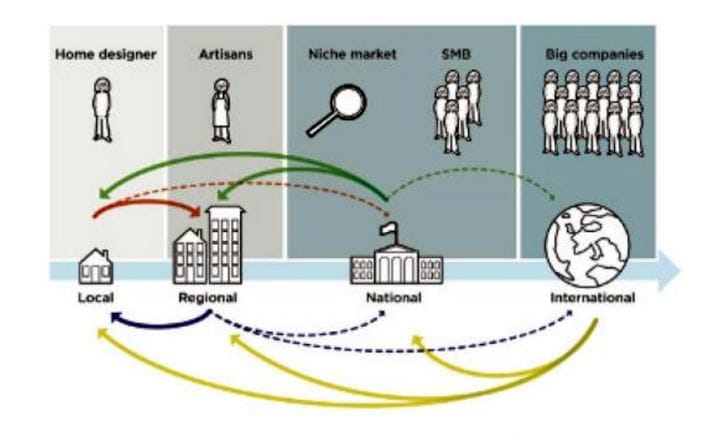![Additive Manufacturing: Design, Methods, and Processes [Source: Amazon]](https://fabbaloo.com/wp-content/uploads/2020/05/image-asset_img_5eb0999f33437.jpg)
This week’s selection is “Additive Manufacturing: Design, Methods, and Processes” edited by Steinar Killi.
As someone who eternally watches the 3D printing industry, I’m always on the lookout for different perspectives. This is a relatively new industry that is still in its early stages, undergoing foundational change seemingly every few months with the introduction of new products, materials, techniques and technologies.
Thus this book is of particular interest to me, as it provides a wealth of different viewpoints on 3D printing and additive manufacturing. It’s one of those “collections-of-essays” style of publication, rather than a “start-to-finish” piece. As such, there are even more perspective from the different authors whose chapters comprise the entire book.
One of the major sections of the book deals with the sociotechnical aspects of the technology. If you’re not familiar with the concept of sociotechnical analysis, this is the Wikipedia definition:
”Sociotechnical systems (STS) in organizational development is an approach to complex organizational work design that recognizes the interaction between people and technology in workplaces. The term also refers to the interaction between society’s complex infrastructures and human behaviour. In this sense, society itself, and most of its substructures, are complex sociotechnical systems.”
I’m not sure if I’ve ever seen a sociotechnical analysis of 3D printing technology, but here it is within this book.
Another section proposes a specific method for designing 3D printable items, called “AICE”. This four-layer model includes high-level conceptual approaches to reviewing a design in a step-by-step manner.
Another section explores the notion of prototyping and how the practice of prototyping has been turned upside down by the introduction of additive manufacturing. Prototyping has been around forever, but more recently the practice of “rapid prototyping” evolved when CNC equipment matured. But that has again been changed by 3D printing technology, as new practices must be engaged.
There are several more sections exploring such topics as how branding can be leveraged through 3D printing, and the aesthetics of 3D print design.
The book’s description tells more:
“This book discusses the uptake, use, and impact of the additive manufacturing and digital fabrication technology. It augments technical and business-oriented trends with those in product design and design studies. It includes a mix of disciplinary and transdisciplinary trends and is rich in case and design material. The chapters cover a range of design-centered views on additive manufacturing that are rarely addressed in the main conferences and publications, which are still mostly, and importantly, concerned with tools, technologies, and technical development. The chapters also reflect dialogues about transdisciplinarity and the inclusion of domains such as business and aesthetics, narrative, and technology critique. This is a great textbook for graduate students of design, engineering, computer science, marketing, and technology and also for those who are not students but are curious about and interested in what 3D printing really can be used for in the near future.”
When they say “rarely addressed”, they’re quite correct.
Via Amazon











This week’s selection is “3D Printing Projects” by Dorling Kindersley, a.k.a. “DK”.